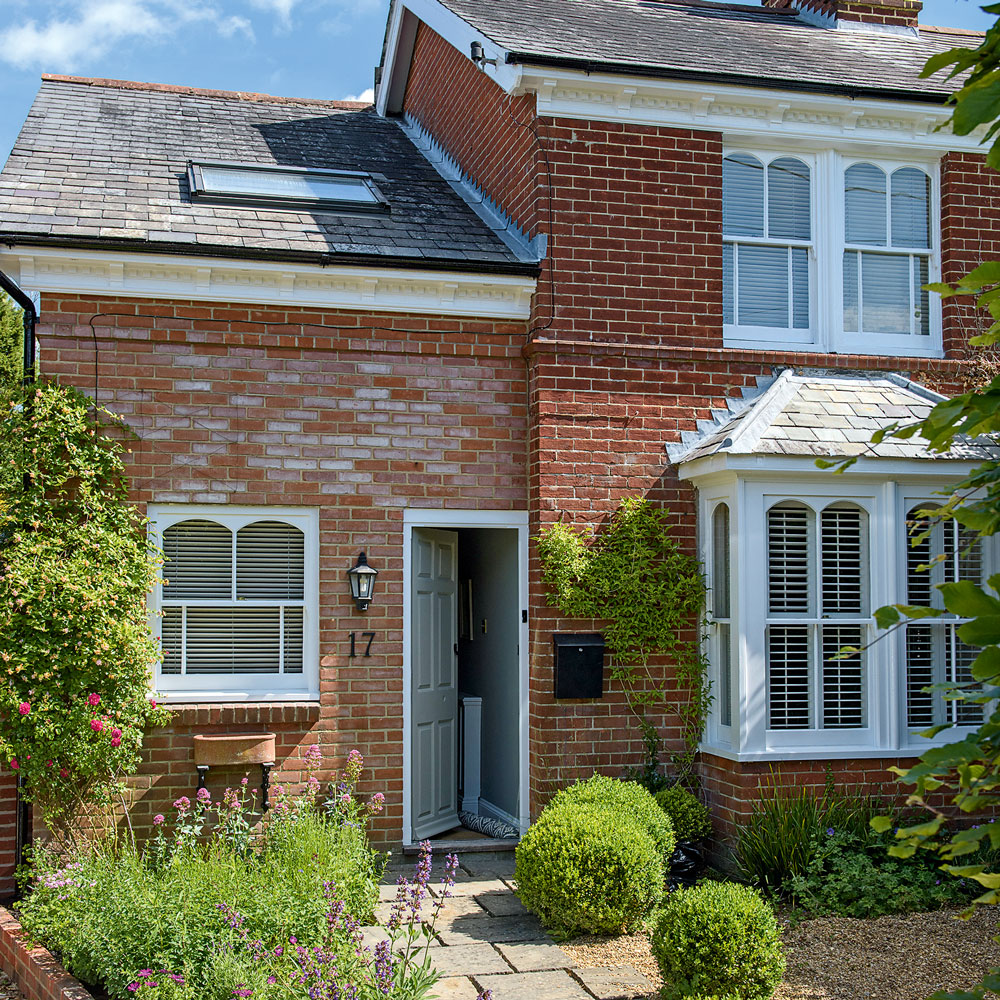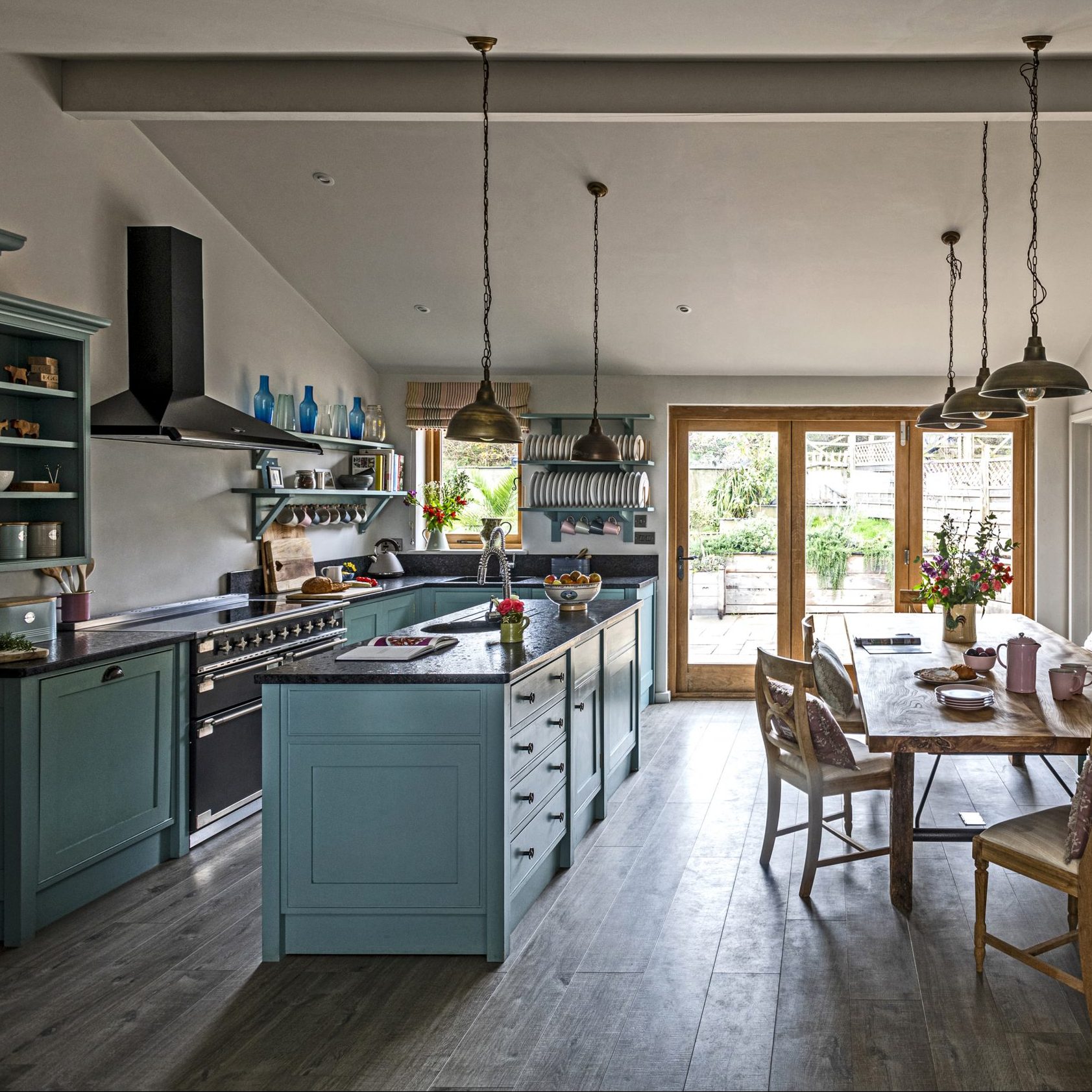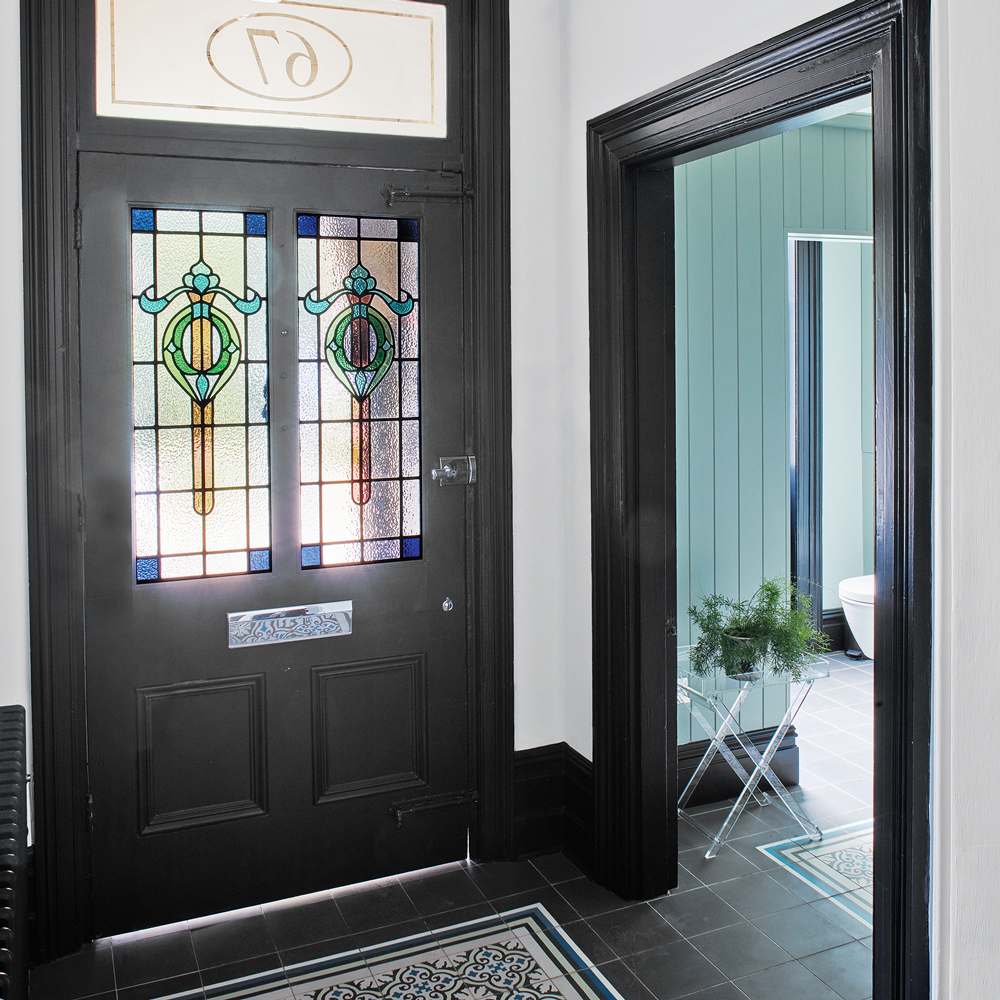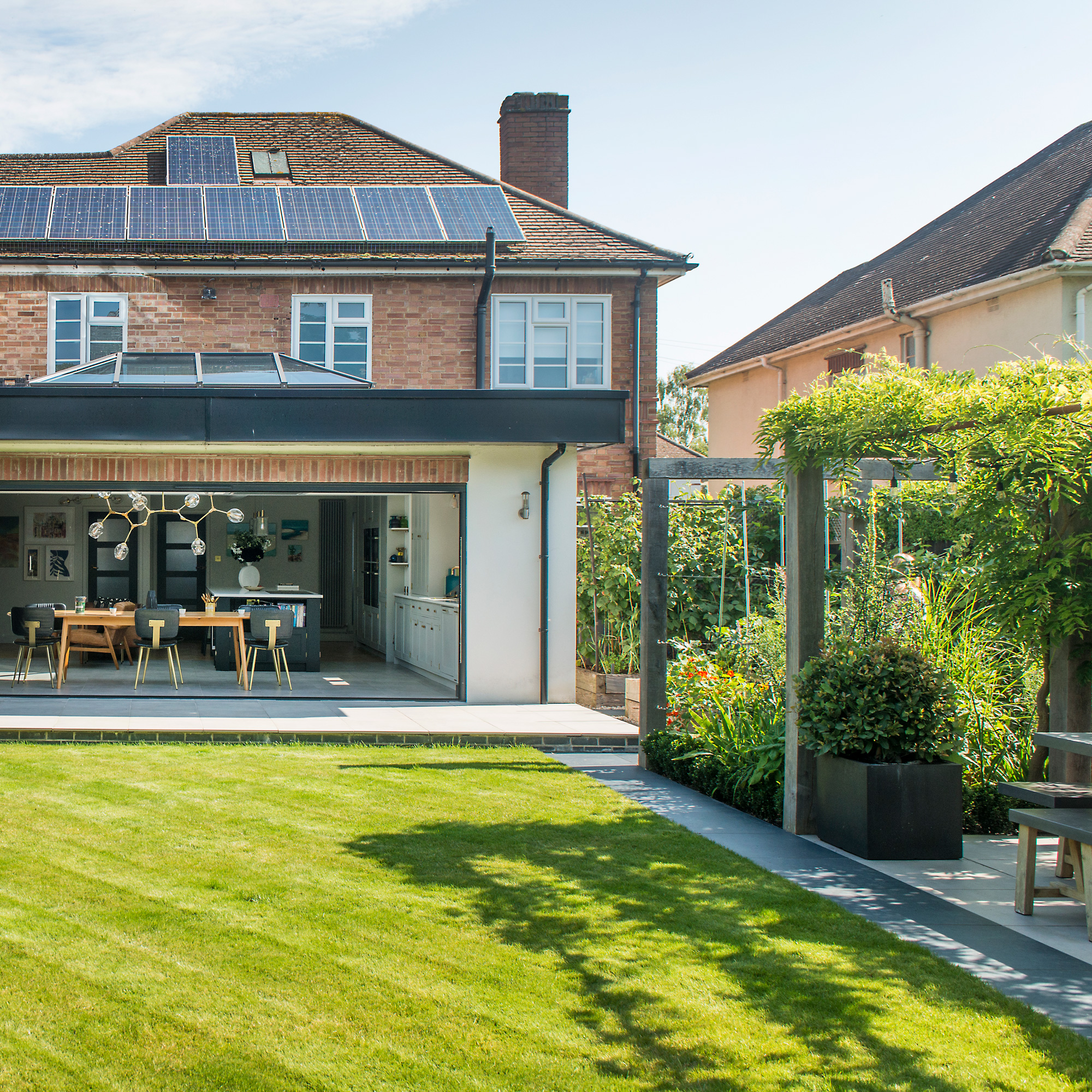Home insurance – how to get the best deals and most comprehensive coverage
Get the right amount of home insurance for your building and contents for the right price with our guide
No one wants to think about their home being damaged or their possessions being stolen, but unfortunately bad things happen to the best of us. This is where home insurance can help.
Home insurance is a type of insurance policy that covers losses and damages to your home. It’s a really important product to own because it ensures you aren’t left out of pocket should the worst happen.
There are three main types of home insurance: buildings insurance, contents insurance and combined buildings and contents insurance.
If you are negotiating a new mortgage rate on your property, your lender will most likely insist on you having adequate buildings insurance in place. Tenants don’t usually need buildings insurance, but contents insurance is very useful since rented accommodation is often vulnerable to theft.
Whichever product you choose, it’s really important to shop around for the best deal and ensure you buy the right amount of cover.

A brief introduction to home insurance
Essentially, home insurance pays for damages and losses that occur to your home and its belongings. Depending on the actual policy you take out, it can cover damage to the actual structure of the building – perhaps because of a fire, storm or flood. It can also cover damages and losses to everything inside the building – for instance if you’ve been the victim of theft.
As we've mentioned, there are three main types of home insurance:
Get the Ideal Home Newsletter
Sign up to our newsletter for style and decor inspiration, house makeovers, project advice and more.
- Buildings insurance covers damage to the actual structure of your property – for example, its roof, walls and windows – as well as permanent fixtures and fittings like your fitted kitchen, bath and toilets. Most policies will pay to repair damage caused by fire, storms and floods, burst pipes, theft, falling trees, vandalism and subsidence. It doesn’t typically cover damage caused by general wear and tear, neglect, poor DIY, pest infestations, damp and condensation, or frost damage.
- Contents insurance covers nearly everything you have inside your home from loss or damage. This could be caused by events such as theft, fire, storms or flooding, leaking water or oil, explosions, falling trees, vandalism and earthquakes. Contents are typically defined as things you would take with you if you moved home – so, your TV, computer, jewellery, clothes, kitchen equipment, furniture, carpets and curtains.
- Combined buildings and contents insurance gives you cover across both your property's structure and the belongings inside.
How to get a good deal on home insurance
1. Never auto-renew
Add a note to your diary or set an alarm on your phone the month before your policy is due to expire. That's because letting your policy auto-renew means you'll likely pay the same rate... and miss out on potential savings or perks such as cashback or free gifts.
From 1 January 2022, new legislation from insurance regulators the Financial Conduct Authority bans home (and car) insurance providers from charging a customer more for the same policy at renewal than they would for a 'new' customer signing up to the same cover.
Known in the industry as 'price-walking' this practice essentially penalised customers for their loyalty.
And while this new policy is good new, that doesn't necessarily mean you'll still be getting the best deal, so you should always shop around.
2. Assess your cover
Check how much insurance cove you currently get and ask yourself if the contents of your home is really worth that. The more cover you need, the more expensive it will be, so it might be worth reassessing your inventory, especially if the kids have moved out or you've had a big declutter.
That said, don't undervalue your belongings, either. Should the worst happen, you may not be able to afford to replace them.
3. Use more than one comparison site...
Put your details into multiple sites, such as GoCompare and Confused.com, to find the best deal.
4. And quotes direct from the insurer
Some insurers – including – can't be found on price comparison sites. That doesn't mean they're not offering great deals, so check them out separately.
5. Check for cashback deals and incentives
Sites such as Quidco and TopCashback will offer a lump-sum or percentage cashback when you take out an insurance policy with certain providers. This can often be in the tens of pounds if not £100+. Payouts can take a while though, and are not always guaranteed, so if it's not a good deal without the cashback, don't bother.
Is home insurance mandatory?
Taking out home insurance isn’t a legal requirement, however if you have a mortgage your lender will probably make it a condition of the loan that you have buildings insurance in place. Even if you own your home outright, you should seriously consider taking out buildings insurance. Property repairs can be extremely costly and the bill could stretch to hundreds of thousands of pounds should your house be destroyed in a fire.
Renters don’t need to worry about buildings insurance because it’s the landlord’s responsibility to insure the property. However, both renters and homeowners should consider taking out contents insurance. Replacing all your contents following a fire, theft or flood could really set you back financially – far more so than if you paid an insurance premium each year.
‘When considering whether to purchase home insurance you should ask yourself, “Can I afford to cover myself and my home financially if something were to go wrong?” If the answer is no, it’s best to side with caution and insure your property. It’s usually the largest and most expensive asset you will own,’ says Mark Gordon, CEO of Compare By Review, a comparison site which ranks providers based on the quality of their service and products.
How much home insurance coverage do I need?
It’s really important to figure out how much buildings and/or contents insurance you need so you don’t end up paying for any shortfall. Buildings insurance should cover the cost of rebuilding your property. This is usually less your home’s market value, which includes the price of the land. The ABI has a helpful calculator that provides a rough idea of your home’s rebuild cost.
Contents insurance should cover the cost of replacing all your possessions by buying new items. There are several online guides that help you to work out the value of your possessions. Confused.com has a contents calculator that adds up the value of all the items in your house, room by room.
Most contents insurance policies have an overall limit that applies to valuables like art and jewellery, as well as a limit for each high-value item. The limit per item is usually around £1,500. However, some policies offer over £10,000. It’s important to check these limits are enough to cover your valuables.
‘Your total value needs to be as close to exact as possible, so it’s worth spending the time checking how much a replacement of each item on your list would be,’ says Mark. ‘In most cases, the value of an item is the amount it would cost to replace it today. Which, in some cases, is unlikely to be the same amount you paid for it.’
Which home insurance company is the best in the UK?
Lots of companies offer home insurance so it’s worth taking your time researching the market before applying. Some of the top-rated companies include John Lewis Finance, Saga, LV= and Direct Line. They offer high (or even unlimited) levels of buildings and contents insurance and provide good customer service, according to surveys by Bought by Many.
Some companies target specific types of property or segments of the population. NFU Mutual caters to homes in rural areas. Covea offers very high levels of cover for expensive and non-standard home contents like golf clubs and cycling gear. And Endsleigh is a specialist students’ contents insurance provider.

What should I expect to pay house insurance on average?
A combined buildings and contents insurance policy costs £313 a year on average, according to figures from the ABI. A buildings-only insurance policy is roughly £254 a year. And a contents-only insurance policy is around £129 a year.
Remember that these are only averages. The actual premium you pay will depend on things like the size and type of your property, where it’s located and how much your possessions are worth. We've taken a closer look into home insurance costs, so you can get a better picture of what to expect.
Why is my home insurance so high?
Insurers take into account a wide range of factors when calculating the price of insurance. They will look at where you live to assess whether there are flood risks or higher rates of crime. They will also take into account the size and age of your property. Larger houses attract higher premiums, as do very old or listed buildings. Non-standard building materials could also raise your premium because they could cost more to source and repair.
Factors specific to you will also affect the price. If you’ve made claims in the past this will most likely increase your premium. And if you leave your house unoccupied for long stretches of time, this could also cost more.
Sometimes there are external influences, too. Severe weather and a rise in the overall number of claims insurers receive could cause them to hike premiums for all their customers.

How can I reduce my home insurance?
When your home insurance policy is coming up for renewal it’s a good idea to check the prices of other, comparable products. You might be able to save money by switching to another insurer. But remember it’s important to buy the right cover as opposed to just the cheapest.
- If you need buildings and contents insurance, then taking out a combined policy could work out cheaper than having two policies with separate providers. Although this isn’t always the case. Paying your premium annually is nearly always less expensive than paying for it monthly.
- It’s worth checking that you aren’t over-insuring yourself. Make sure you use online calculators to get an accurate figure for your home’s rebuild cost and the value of your contents. Equally, make sure you aren’t paying for any extras you don’t need. If you live in a top floor flat, for example, you won’t need excessive garden cover.
- Other ways to reduce premiums include building up a no-claims discount. Try installing a burglar alarm and smoke alarms, fitting the best home security system you can afford and joining the Neighbourhood Watch scheme.
- A final way of reducing your premium is to pay a higher excess. Policies have a fixed compulsory excess as well as a voluntary excess which you can set yourself. Bear in mind that the higher the excess, the more it will cost you if you make a claim.
-
 Typhur Dome 2 air fryer review – a glimpse into the future of air frying
Typhur Dome 2 air fryer review – a glimpse into the future of air fryingThe Typhur Dome 2 cooks food brilliantly and has all sorts of benefits, but is it worth the £499 price tag?
By Ellen Manning
-
 In creating their lush multi-use garden, the owners have cleverly futureproofed the space for years to come
In creating their lush multi-use garden, the owners have cleverly futureproofed the space for years to comeWith a zone for dining, a veg plot, a relaxing sun trap, and space for quiet contemplation
By Ginevra Benedetti
-
 5 reasons why your grass seed isn’t growing and what you can do to help, according to garden experts
5 reasons why your grass seed isn’t growing and what you can do to help, according to garden expertsFor a lush, green lawn, you have to ensure the conditions are just right
By Kezia Reynolds